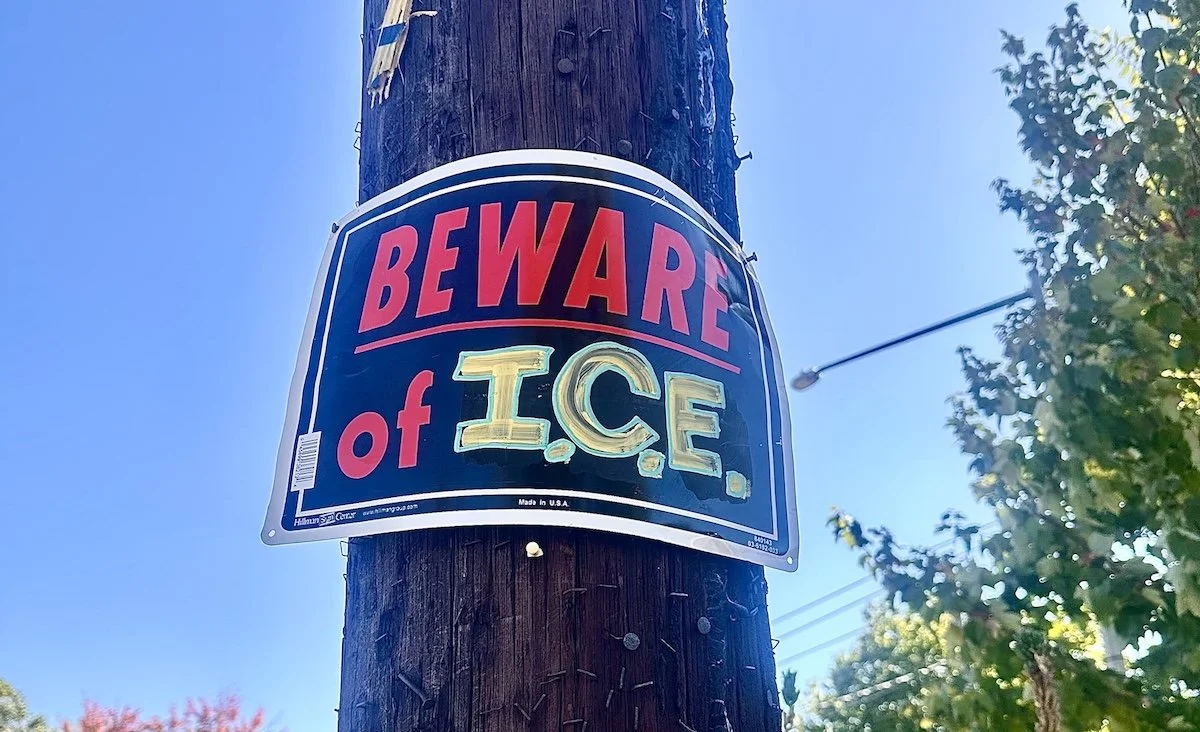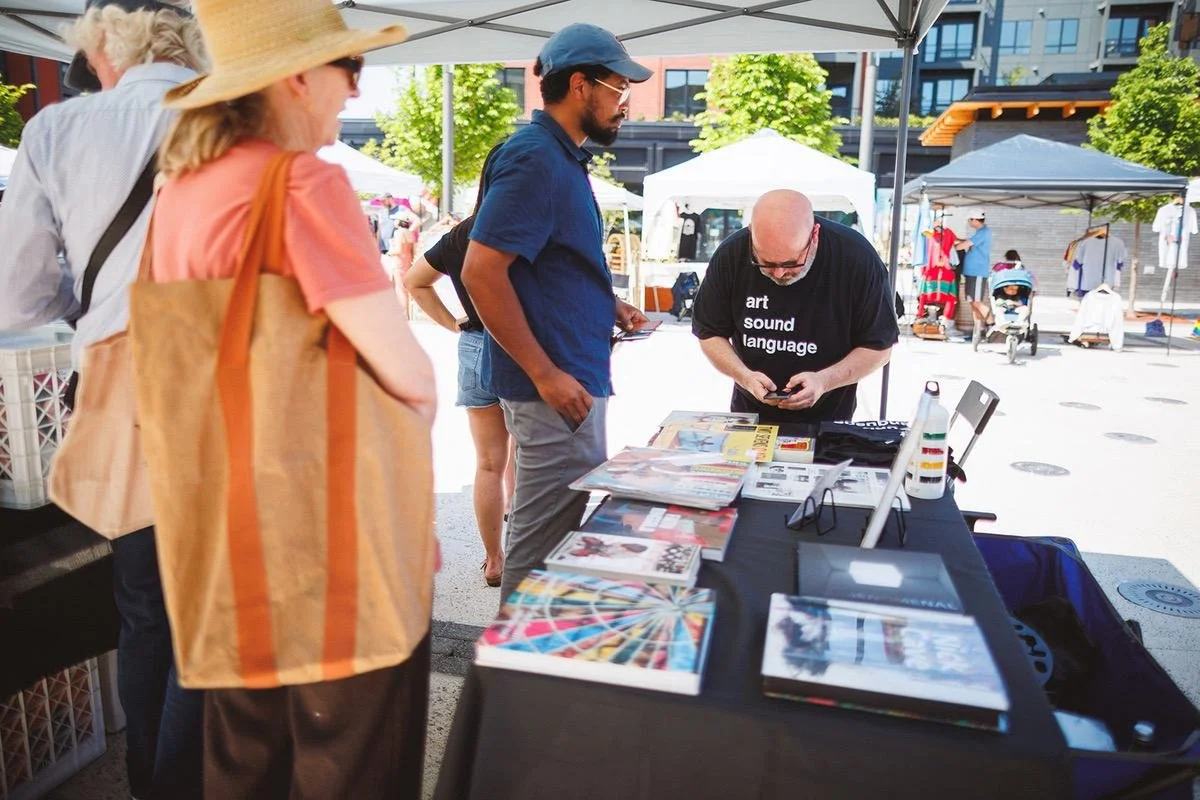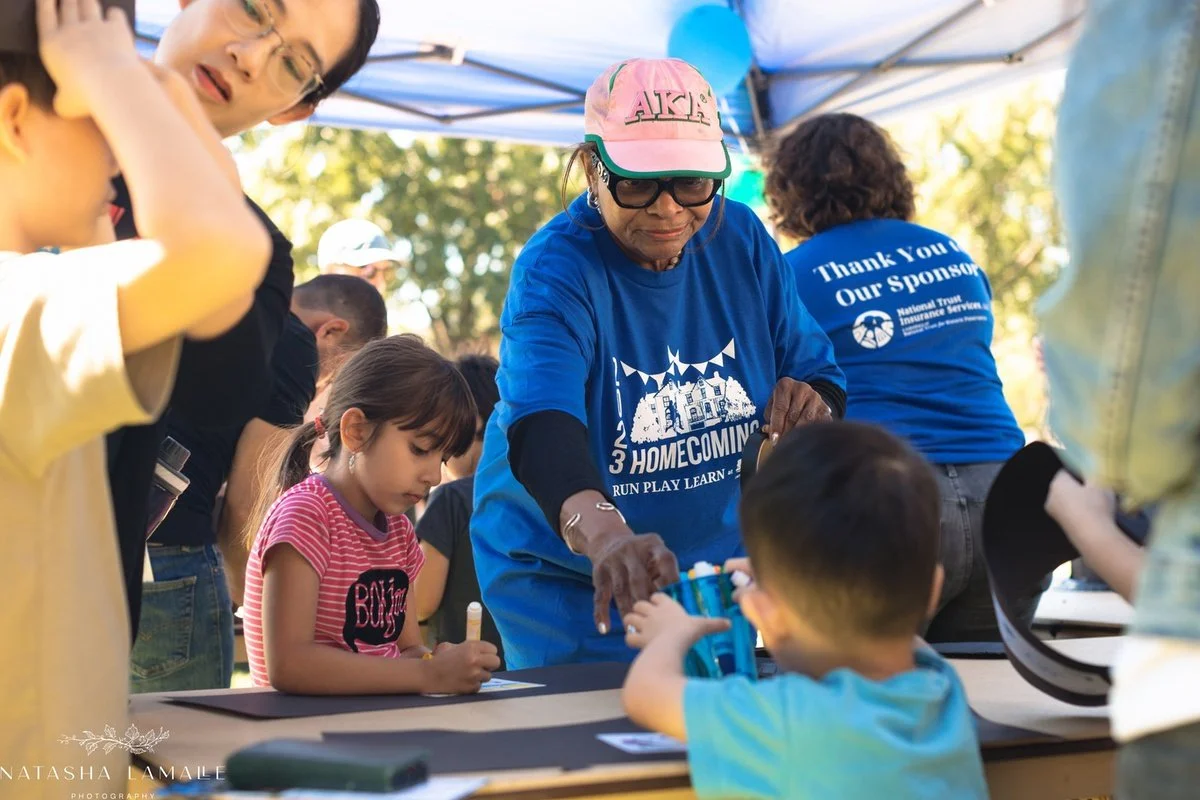“We’re all immigrants”: A personalized exhibit about President Lincoln’s efforts to encourage immigration
/(Ed Note: This article was previously published on October 21, 2015 when the Lincoln's Cottage exhibit first opened. The article, and the immigration exhibit, are arguably even more relevant today. I recommend you check it and and add your own immigration story to the wall.)
“We’re all immigrants,” Erin Mast said to me, describing “American by Belief,” an exhibit on immigration and refugees at President Lincoln’s Cottage on the grounds of the Armed Forces Retirement Home in Petworth. Ms. Mast is the Executive Director of the Cottage and spoke to me about the exhibit while they were doing the initial install.
“Some of us immigrated by choice, others by force,” she said. “This exhibit is the story of President Lincoln’s effort to encourage immigration in the US and tell the story of how people choose to come here.”
The Lincoln Cottage visitor's center on the grounds of the Armed Forces Retirement Home
President Abraham Lincoln signed the Act to Encourage Immigration into law on July 4, 1864. The Act was the first — and only — law to encourage immigration into the United States, as opposed to trying to control immigration. The American by Belief exhibit at the Lincoln Cottage museum gives a look at the immigration issue of the 1860s and balances it against today’s immigrations issues — and how similar the reasons for immigration were then to today.
The museum was created in 2008, in a partnership with the National Trust for Historic Preservation. The goal of the museum is to shine a light on Lincoln’s work, which are predecessors of today’s issues. The American by Belief exhibit, running for the next two years, is designed to be a place for respectful dialogue and to share a hopeful story.
The exhibit features a large interactive map where guest can use different colored bands to track where their family emigrated from and ended up, and why. The interactive addresses the many reasons why families immigrate, such as refuge and asylum, family, jobs, freedom, education and by force (whether slavery, forced labor or by other reason). The exhibit discusses what made immigration a hot button issue in the 1860s, and how the reasons remain the same even today. The exhibit gives visitors the chance to share their story on cards that hang on the wall, and explores the idea that some families don’t know their immigration story.
“Immigration is an important issue,” Ms Mast said. “This isn’t the first time we’ve done an exhibit on it. We want to tell the human side of the story from people who have lived the story.”
I asked about the timeliness of the exhibit, as immigration was a topic in the presidential race. Ms. Mast said that it’s coincidental, as they’ve been working on getting ready for this exhibit for a long time. “We are vigilant that there are no partisan elements,” she said. “We want to present the facts and let people decide.” It is interesting that the same issue of immigration is a compelling topic in 2015, just as it was in the 1860s (and still is in 2017). Things don’t change as much as we think they do — a fact the exhibit explores.
Visitors can trace their immigration story.
The exhibit is complemented by a new book, Lincoln and the Immigrant, by Jason Silverman, Professor of History at Winthrop University in Rock Hill, South Carolina.
Here’s the book’s description on Amazon: While some Americans sought to make immigration more difficult and to curtail the rights afforded to immigrants, Abraham Lincoln advocated for the rights of all classes of citizens. Jason Silverman investigates Lincoln’s evolving personal, professional, and political relationship with the wide variety of immigrant groups he encountered throughout his life, revealing that Lincoln related to the immigrant in a manner few of his contemporaries would or could emulate.
Listening to NPR, I came across another book about immigration family histories that sounded really fascinating, The Making of Asian America, by Erika Lee, a history professor at the University of Minnesota.
Amazon's description of the book: The book shows how generations of Asian immigrants and their American-born descendants have made and remade Asian American life in the United States: sailors who came on the first trans-Pacific ships in the 1500s; indentured “coolies” who worked alongside African slaves in the Caribbean; and Chinese, Japanese, Filipino, Korean, and South Asian immigrants who were recruited to work in the United States only to face massive racial discrimination, Asian exclusion laws, and for Japanese Americans, incarceration during World War II.
Lincoln’s Cottage also works with schools in the Petworth area to help teach children about the immigrant experience, including Powell, Bruce Monroe and Barnard. The exhibit offers an opportunity for parents and teachers to have a conversation with a child about what immigration means, where their families came from, and what immigration today means for so many people looking to come to the United States. The museum offers exercises and lesson plans, along with posters. (If you’re a teacher and you’re interested in getting some information, contact the museum via email.)
And of course, I couldn't visit Lincoln's Cottage without meeting their stuffed mascot, the "Tycoon" (a nickname given to Lincoln by John Hay) -- and getting him to take an Obligatory Selfie with Drew. ;)



























